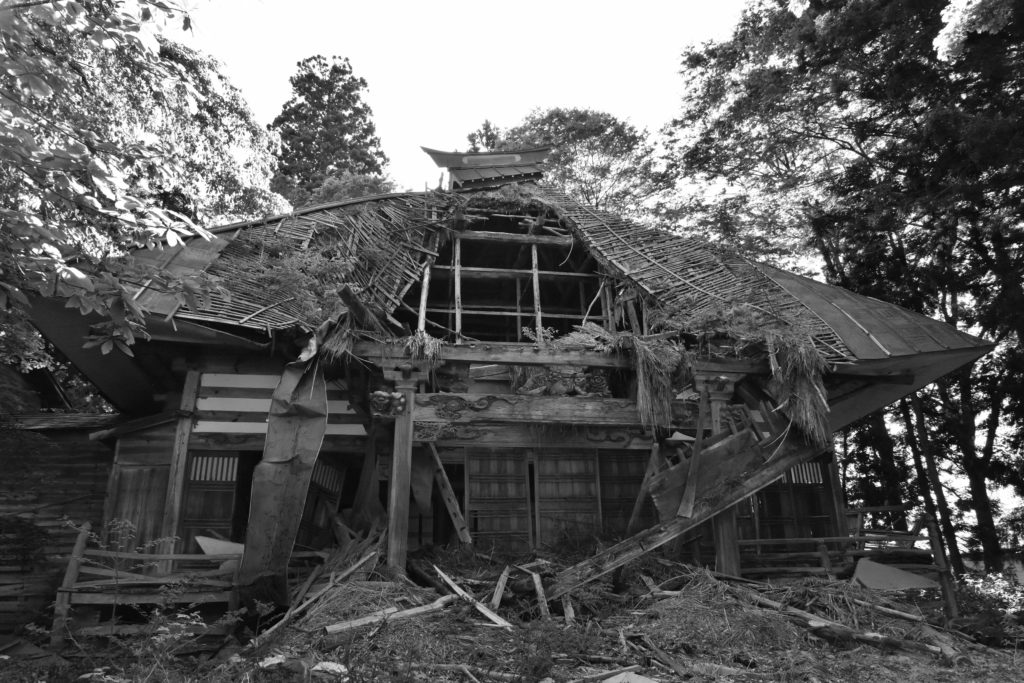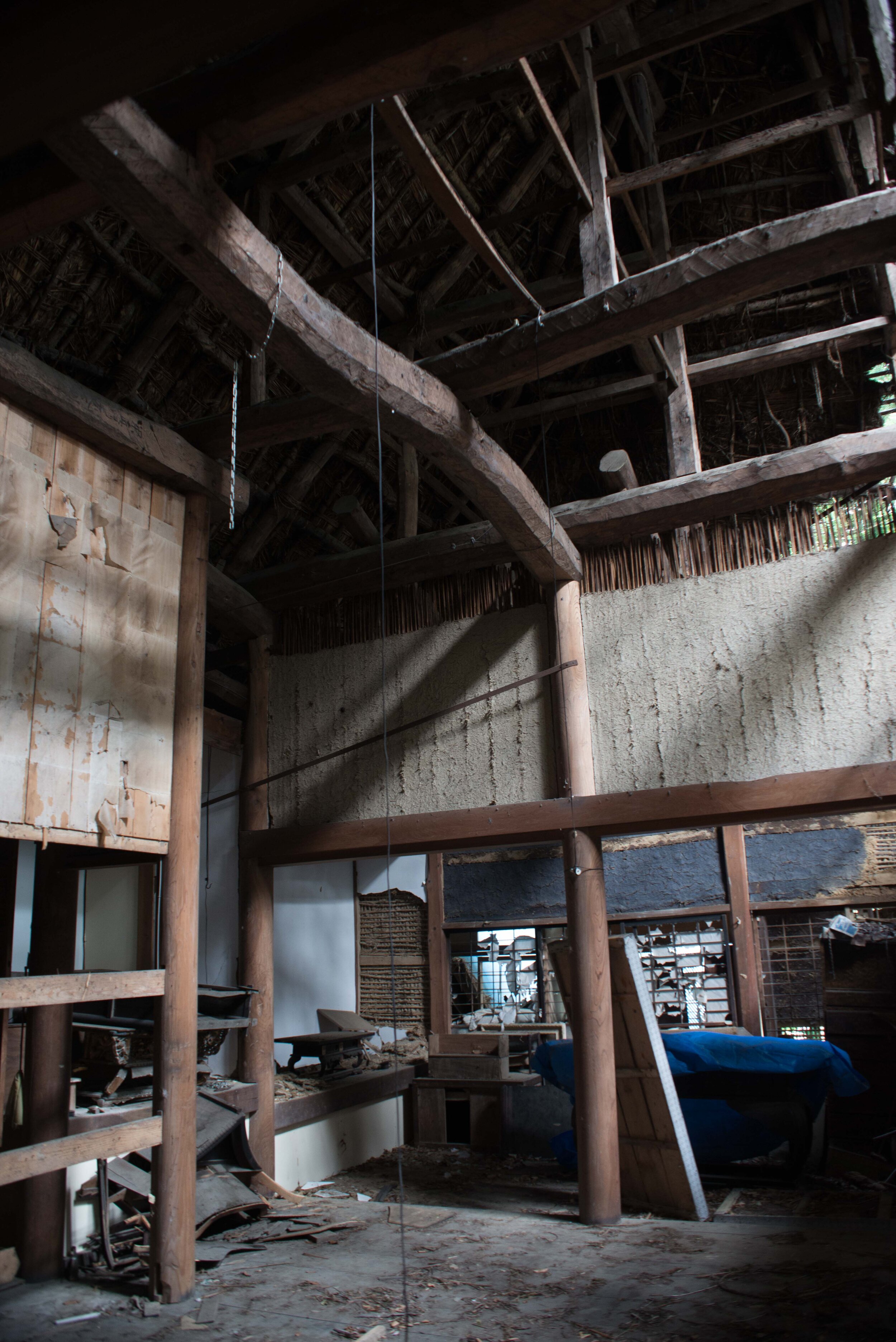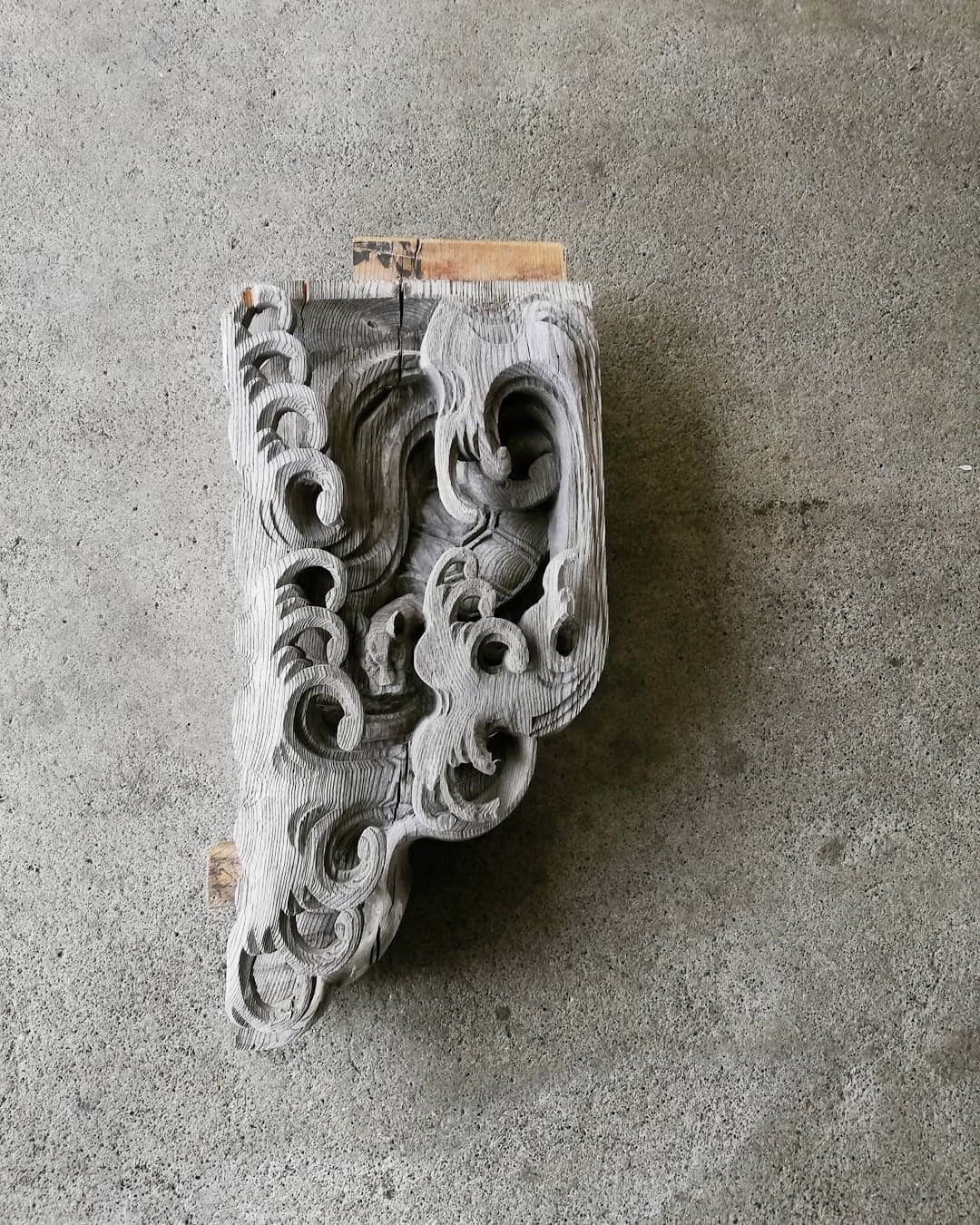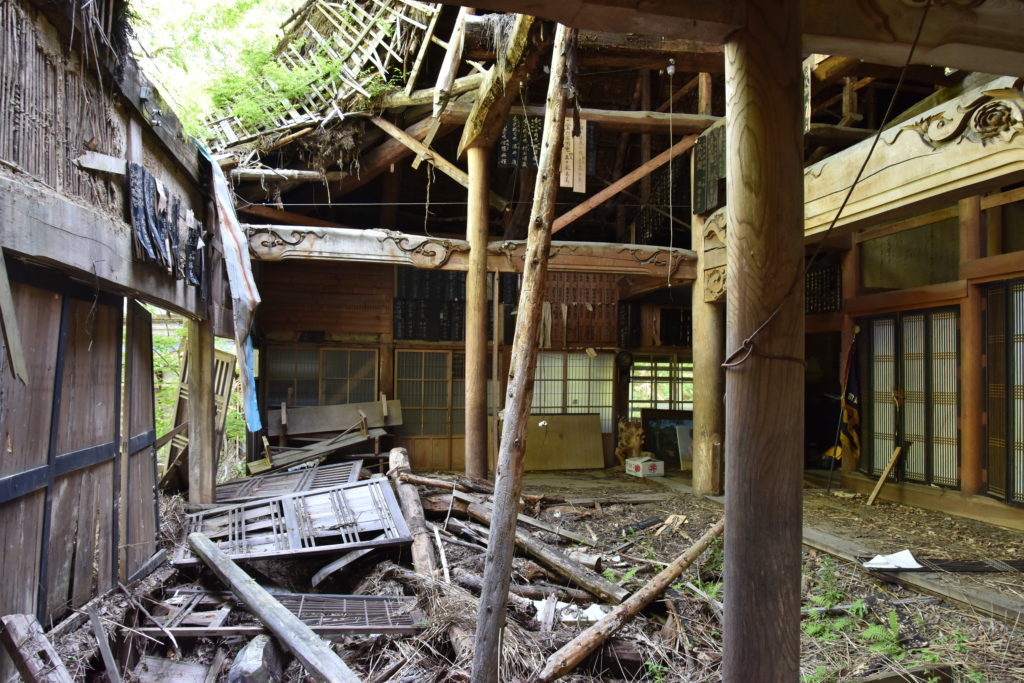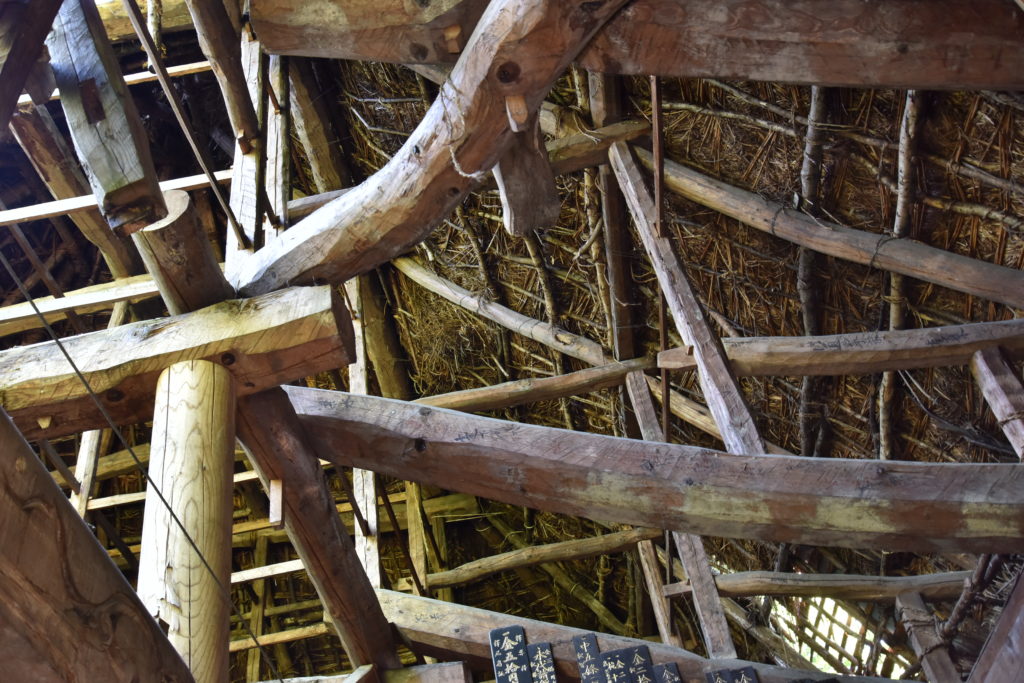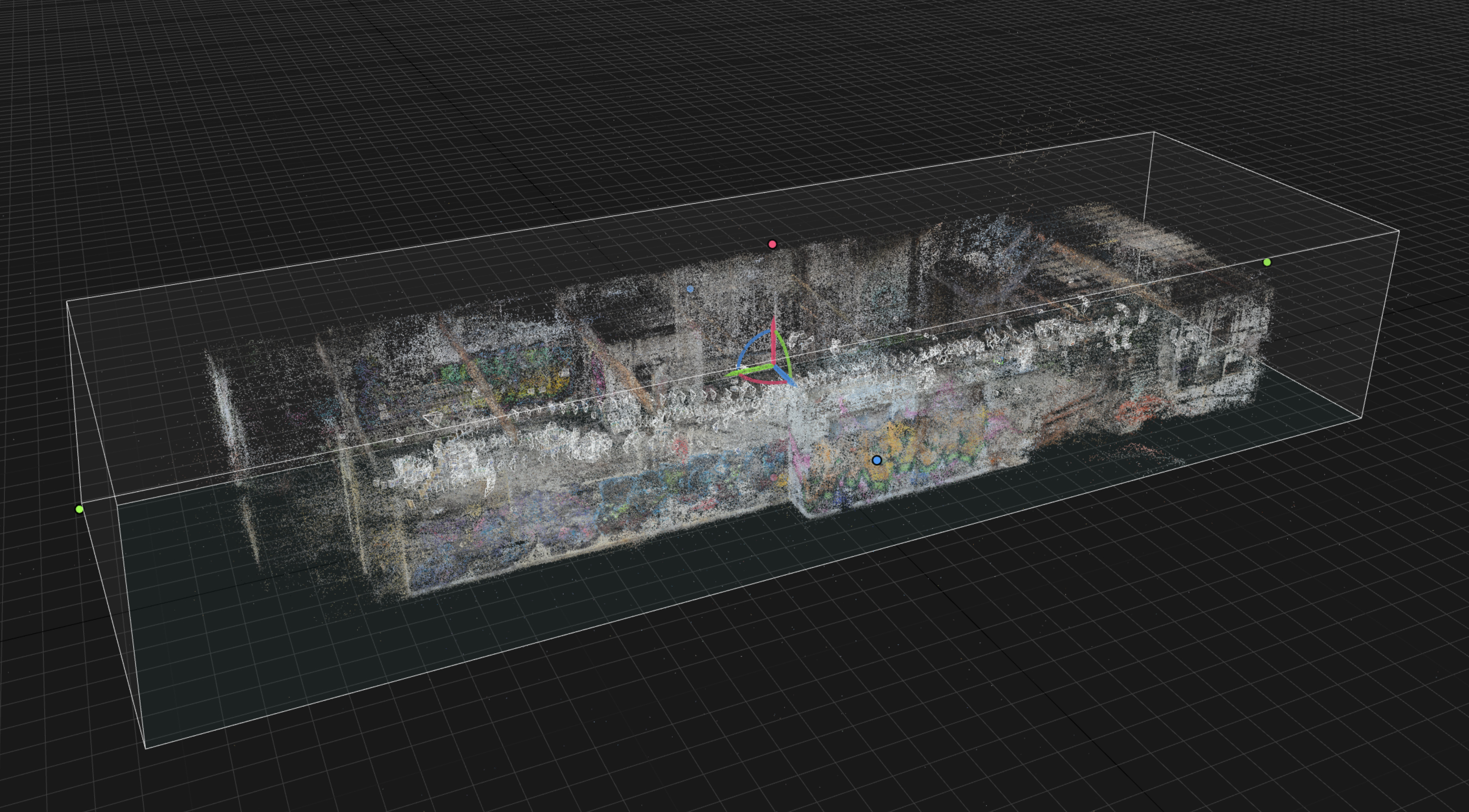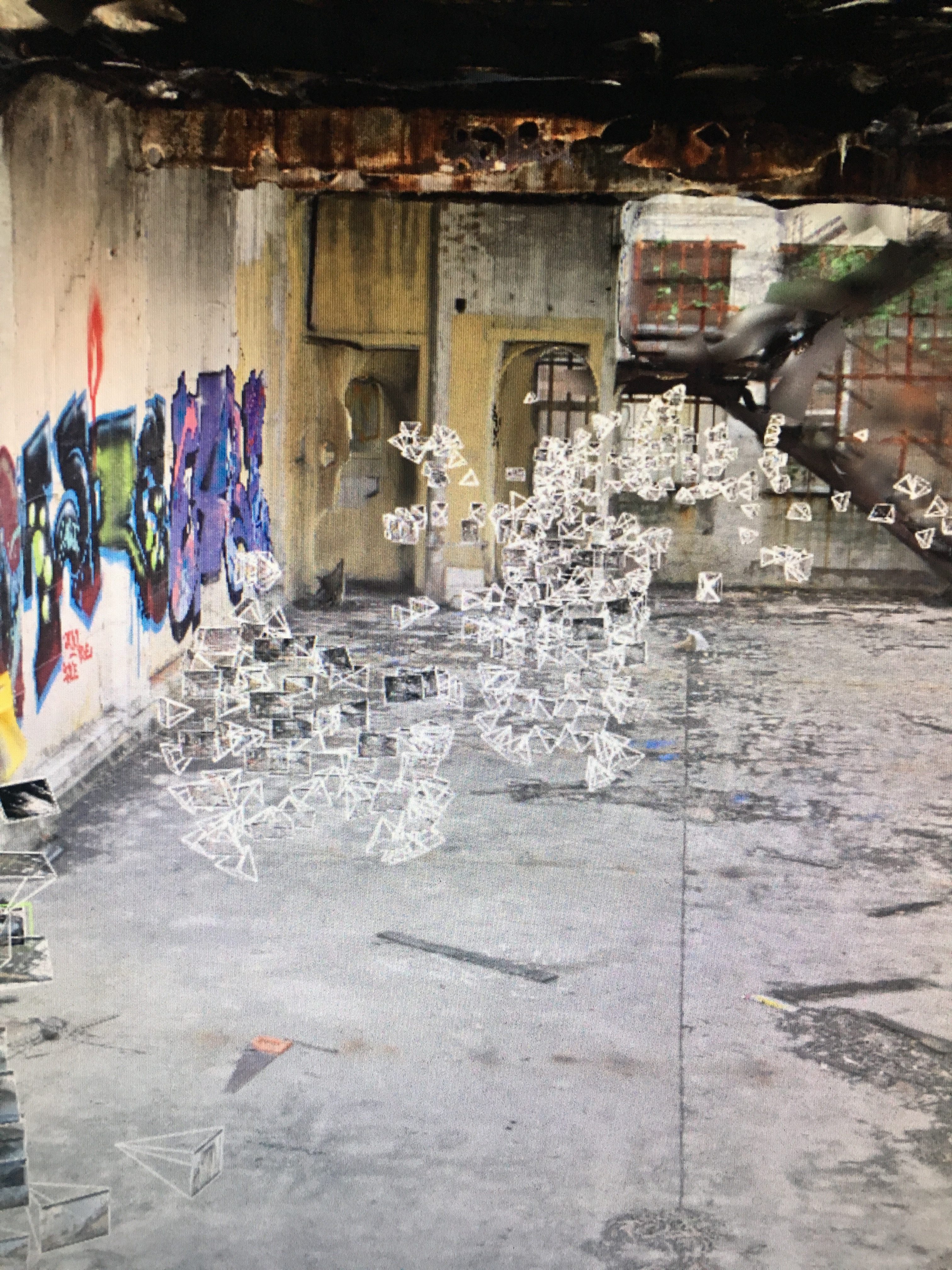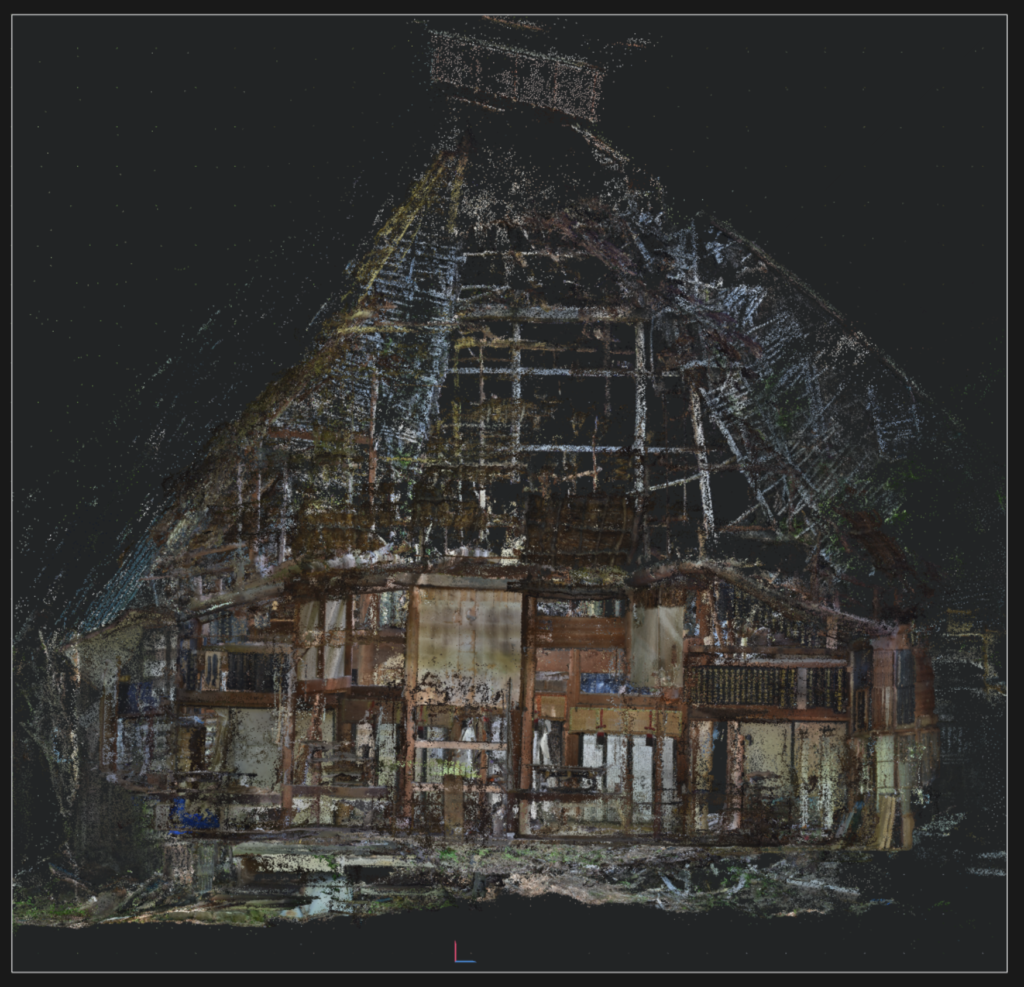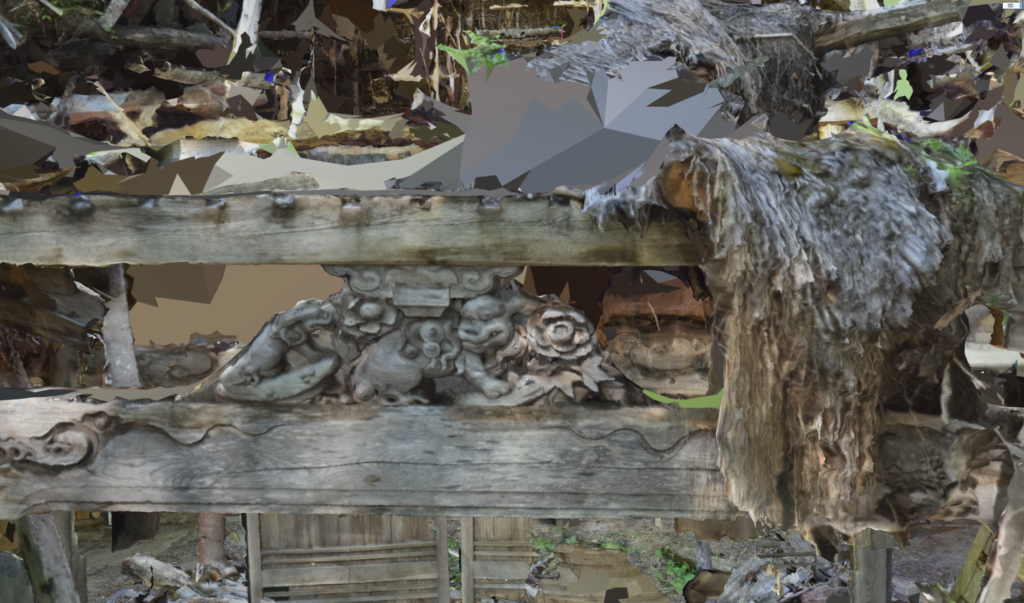Anyoji, transformative reuse
This post is a non-academic, partial summary of the article Design considerations for the transformative reuse of a Japanese temple (Keulemans et al., 2020) accepted for publication in the upcoming proceedings of the Design Research Society Conference 2020: Synergy in August 2020. Early in 2019 I was contacted by friend and colleague, Japan-based Aussie designer Liam Mugavin, with some interesting news: he had discovered an abandoned Buddhist temple in the Shinano region of Nagano, and the local council had flagged it for demolition for health and safety reasons.
This presents a great number of interesting issues from a research perspective. There is no doubt its representative of a larger problem in Japan. Increasing secularism and movement into cities has led to a large number of empty temples. More broadly, construction and demolition waste is a problem for Japan as much as it is a problem for the rest of the world. Globally, demolition and construction waste accounts for around half of the solid waste generated each year and is one of largest single components of landfill, forecast to double by 2025. As a developed nation, Japan is right up there in terms of waste generation, though they do have better systems than other countries for sorting and compacting waste to minimise landfill and maximise its utility for other purposes, notably artificial land reclamation. For example, many of the new sporting facilities built for the 2020 Olympic Games are on islands in Tokyo bay, newly created from compacted landfill. Increased secularism is a global phenomena also, and while its seems that religious buildings are typical conserved, I’m not sure that’s actually true. More pertinently, if religious buildings are not conserved, what happens to them? Churches in Australia are I think, at least occasionally de-consecrated and converted into apartments or other purposes. I remember going to an excellent Cradle to Cradle workshop in a Venlo church in the late 2000s, and I know now its become a library. An architectural adaptive reuse of this kind would be an exciting development for Anyoji, the temple in Shinano, Nagano. The building, absent a monk to maintain it, has suffered though years of snow and storm damage. But if an architectural solution, for reasons of cost or practicality, is not possible, what options remain is an intriguing question. What can happen to the temple materials, and how can a transformative reuse be cultural sensitive, locally relevant, but globally significant? The temple itself is said to be more than 300 years old, locally valued and in possession of amazingly thick timber post and beams, amongst other materials, far too good and useful to end up in landfill (Suzuki, 2019).
During my visit to the temple in May, and prepared with a UNSW ethics approval for human research, my translator Kyoko Hashimoto and I began the task of interviewing local residents to find out more on the temple’s history. At the same time, I documented the temple in video and photography, in order to later build a photogrammetry model that both captures the state of the temple prior to its demolition and catalogs the super-abundance of interesting materials, furnishings, components and junk inside the temple: objects of sacred and non-sacred importance, items of ritual, prayer and craft.
The temple’s interior objects appear largely untouched since the temple ceased operations, with a few key exceptions, including the relocation of a significant buddha statue and some other items to nearby temples, plus a theft of some other semi-significant items (Fujiki, 2019). Some areas of the temple exposed to the elements, such as the floor under the fallen roof section, are badly damaged. Other areas are well intact, albeit dusty. In consideration of my research area of transformative repair and reuse, I asked what the local residents thought might be appropriate solutions for the temple’s materials, should the temple be demolished or dismantled. I was told that reuse would be appreciated (Watanabe, 2019), especially if the reuse maintained a link to the temple (Fujiki, 2019), and the quality of the temple materials was considered (Suzuki, 2019).
It should also be noted that the temple has been legally deconsecrated and has no heritage restrictions (Watanabe, 2019). The religion scholar Katja Triplett notes that redundant Buddhist objects of special significance are typically burnt – a tradition noted in one of our interviews (Fujiki, 2019) ) – but there is also a history of transformation practices for Buddhist objects that may categorise and substantiate the transformative reuse of the Anyoji Temple within a theological framework, termed “benevolent iconoclasm” (Triplett, 2017).
My feeling from the confluence of community consultation and theological considerations was that a transformative reuse proposal warranted further exploration. Given the distance of the temple from my workplace, it is the role of digital tools in this transformative reuse I am most keen to investigate. This is on the premise that digital objects can be transported and manipulated using information technologies, without the need for costly and environmentally damaging shipping of real world materials.
Prior to my Anyoji visit, I had experimented with photogrammetry with Josh Harle, director of the Tactical Space Lab in Sydney, and produced a photogrammetry model of an abandoned warehouse, that we could then experience in virtual reality.
While acting as a technical test, this process poses questions and perplexities around the use of scanning and immersive visualisation technologies to capture cultural data. Especially, as Josh himself writes, photogrammetry arose as a military technology correspondent to very Western conceptions of scientific knowledge capture and reductionism. And yet, the potential for scanning and visualisation technologies to aid cultures of repair and reuse are obvious. Materials and component can be captured and transformed virtually with less effort and energy, computed aided transformations can feed into robotic fabrication workflows, just as they have for linear production modes, and virtual repairs and reuse could be undertaken remotely, by international designers without need to transport actual materials at carbon cost. Indeed, the potential for emerging technologies to invigorate circular economies for repair and reuse, just as they have for linear economy production, is massively under-researched. The use of such technologies in a trans-national, cross-cultural capacity is likewise important, equally or more so under-researched, and intrinsically complementary. Upon returning from Japan, Josh constructed a point-cloud model from the photo and video documentation of the temple. With a larger dataset, the model is much more complex and detailed than the Sydney warehouse model.
You can see from the following image that the model allows ‘x-ray’ views of interiors and their objects…
…and that this provides an intriguing view of the complex internal roofing structure, among other architectural details.
These images are works in progress from a first run of the photogrammetry data. There is still work to be done before the temple can be experienced in VR or used as a tool for the inventory of temple materials and objects. For example, in the following images with the surface mesh rendered, you can see that there are missing details, a consequence of either missing data in the set or data unused due to processing constraints; one of the problems we discovered back in the lab was that while I had hoped to use some extensive video footage for constructing the model, the larger number of blurry frames couldn’t be easily processed nor removed from the dataset. So this model is exclusively from bracketed DSLR images.
An idea that arose through inspection of these images is that the fragmented photogrammetry model can itself be repaired, conceptually and digitally using CAD modelling tools. This is, on the face of it, not surprising, because human interaction with digital workflows are reparative. For example, designers constantly repair mesh constructions and other errors or artefacts in 3D digital workflows. I’m hoping that an explicit use of transformative repair concepts – a creative remaking to improve appearance, role or cultural value – can be applied to the temple model and that doing so, create a novel VR experience that expands the scope of practice and research within the field of repair. The potential of such an idea requires further research and studio experimentation, but importantly also further community consultation. Both digital and real world transformation of the temple may encounter currently unknown cultural sensitivities. References: Keulemans G; Harle J; Hashimoto K; Mugavin L, 2020, ‘Design considerations for the transformative reuse of a Japanese temple’, in Design Research Society 2020 International Conference, Griffith University, presented at Guy Keulemans, Griffith University, 11 August 2020 – 14 August 2020, http://drs2020.org/ Fujiki, (2019). Interview with Fujiki-san, a relative of the Anyoji’s last monk. Conducted 23rd May, 2019 in Myoko, Niigata, Japan. Suzuki, (2019). Interview with Suzuki-san, neighbour of the Anyoji temple. Conducted 24th May, 2019 in Shinano, Niigata, Japan.
Triplett, K (2017). “The Making and Unmaking of Religious Objects: Sacred Waste Management in Comparative Perspective” In Université de Tenri., Morishita, S. S., & Marburger Universitätsbund (R.F.A.). (2017). Materiality in religion and culture. Münster: Lit.
Watanabe, (2019). Interview with Tetsuya Watanabe-san, local curator and archaeologist Nojiriko Naumann Elephant Museum. Conducted 22nd May in Shinano, Niigata, Japan. All interviews were conducted in accordance with UNSW ethics approval HC190299. My team and I would like to acknowledge the local residents of Shinano in Nagano, Japan and thank them for their time, hospitality and contribution to our research.
